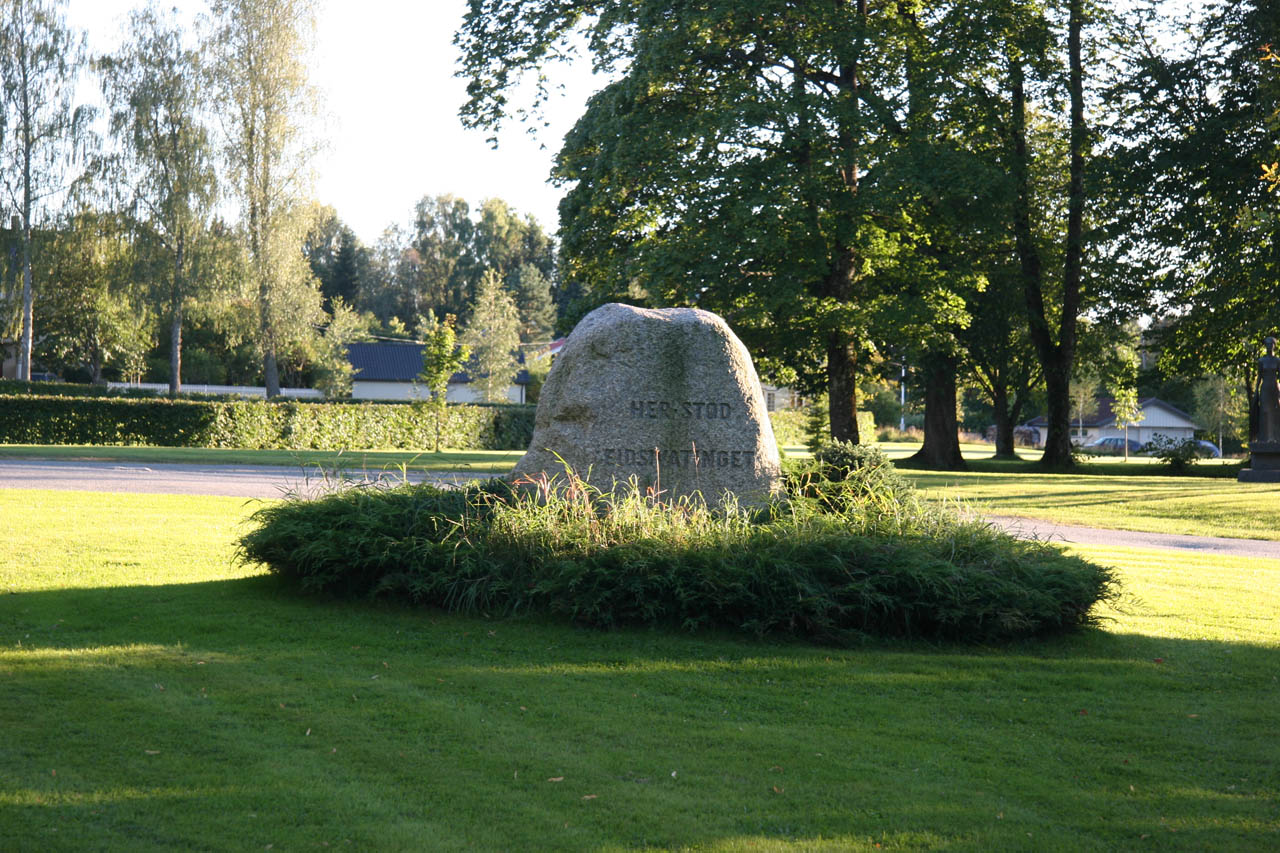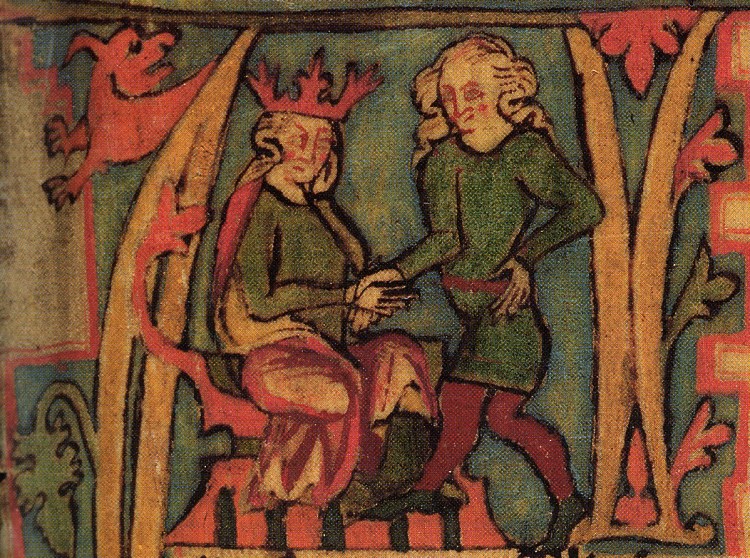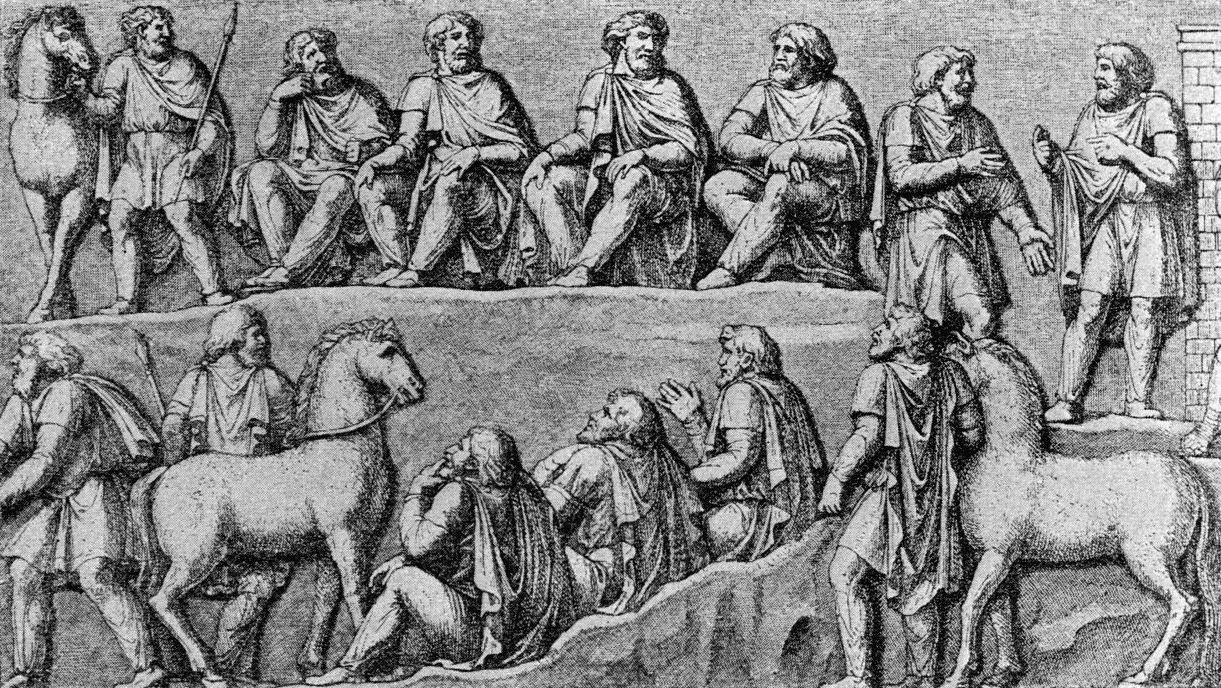|
Eidsivating
Eidsivating () was one of the four ancient popular assemblies or things (') of medieval Norway. Historically, it was the site of court and assembly for the eastern parts of Norway, and was located at Eidsvoll. History Traditionally, Eidsivating was the court for the population around Lake Mjøsa. Eidsivating was originally situated at Åker gård, the seat of Vang in Hedmark county, Norway. When Norway was united as a kingdom, the four independent ' – Frostating, Gulating, Borgarting, and Eidsivating – were the most supreme bodies of law, acting as both legislative assemblies and courts. These were representative assemblies at which delegates from the various districts in each region met to award legal judgments and pass laws (). Later, during the time of Olaf the Holy, the court was moved to Eidsvoll. The jurisdiction of the court was then extended to include Romerike and Hadeland as well as Hedmark. Later Østerdalen and Gudbrandsdalen were also included. In 127 ... [...More Info...] [...Related Items...] OR: [Wikipedia] [Google] [Baidu] |
Kingdom Of Norway (872–1397)
The term Norwegian Realm (, , ) and Old Kingdom of Norway refer to the Kingdom of Norway's peak of power at the 13th century after a long period of Civil war era in Norway, civil war before 1240. The kingdom was a loosely unified nation including the territory of modern-day Norway, modern-day Swedish territory of Jämtland, Härjedalen, Herjedalen, Ranrike (Bohuslän) and Idre and Särna, as well as Norway's overseas possessions which had been settled by Norwegians, Norwegian seafarers for centuries before being annexed or incorporated into the kingdom as 'tax territories'. To the North, Norway also bordered extensive tax territories on the mainland. Norway, whose expansionism starts from the very foundation of the Kingdom in 872, reached the peak of its power in the years between 1240 and 1319. At the peak of Norwegian expansion before the Civil war era in Norway, civil war (1130–1240), Sigurd the Crusader, Sigurd I led the Norwegian Crusade (1107–1110). The crusaders won b ... [...More Info...] [...Related Items...] OR: [Wikipedia] [Google] [Baidu] |
Magnus Lagabøtes Landslov
''Magnus Lagabøtes landslov'' () was a law covering the whole of Norway, issued by King Magnus VI of Norway, constituted by the regional courts (cf. Things) between 1274 and 1276. The law was the first to apply to Norway as a whole and is one of the first examples of comprehensive national legislation from a central authority in all of Europe. The law is the reason that the king was given the name ''Lagabøte'', "the one who improves the law". Albeit mending the law, with this much more detailed formulation of the law into written text, codification, the law-giving power was to a great extent taken away from the popular assemblies, these higher level regional things ( Borgarting, Eidsivating, Gulating and Frostating), by King Magnus VI. He managed to circumvent the traditional authority of these traditional things by the elaboration and codification of the Bjarkeyjarréttr, laws and things for the market-places, cities and towns with trade-rights, also temporary markets (cf: ... [...More Info...] [...Related Items...] OR: [Wikipedia] [Google] [Baidu] |
Frostating
Frostating () was one of the four ancient popular assemblies or things () of medieval Norway. Historically, it was the site of court and assembly for Trøndelag, Nordmøre, and Hålogaland. The assembly had its seat at Tinghaugen in what is now Frosta Municipality. It functioned as a judicial and legislative body, resolving disputes and establishing laws. Frostating and Norway's three other ancient regional assemblies, the Borgarting, Eidsivating, and Gulating, were joined into a single jurisdiction during the late 13th century, when King Magnus the Lawmender had the existing body of law put into writing. Tinghaugen Tinghaugen, from the Old Norse words meaning 'assembly' and meaning 'hill', is close to the medieval church at Logtun. The site is represented by the Frostatinget bautasten at Tinghaugen. Frostating was arguably Norway's oldest court, pre-dating the Viking Age. The Frostating had authority over the eight districts in Trøndelag including (Nordmøre and ... [...More Info...] [...Related Items...] OR: [Wikipedia] [Google] [Baidu] |
Gulating
Gulating () was one of the four ancient popular assemblies or things (') of medieval Norway. Historically, it was the site of court and assembly for most of Western Norway, and assembled at Gulen. It functioned as a judicial and legislative body, resolving disputes and establishing laws. Gulating, along with Norway's three other ancient regional assemblies, the Borgarting, Eidsivating, and Frostating, were joined into a single jurisdiction during the late 13th century, when King Magnus the Lawmender had the existing body of law put into writing. History The Gulating was an annual parliamentary assembly which took place in Gulen, on the west coast of Norway north of Bergen, from approximately 900 to 1300 CE and was one of the oldest and largest parliamentary assemblies in medieval Norway. The assembly site was established early in the 10th century and the original legislative area covered the regions of Hordaland and Sogn og Fjordane. The Gulatinget Millennium Site is a ... [...More Info...] [...Related Items...] OR: [Wikipedia] [Google] [Baidu] |
Medieval Scandinavian Law
Medieval Scandinavian law, also called North Germanic law, was a subset of Germanic law practiced by North Germanic peoples. It was originally memorized by lawspeakers, but after the end of the Viking Age they were committed to writing, mostly by Monks#Western Christianity, Christian monks after the Christianization of Scandinavia. Initially, they were geographically limited to minor jurisdictions (''lögsögur''), and the Bjarkey laws concerned various merchant towns, but later there were laws that applied to entire Scandinavian kingdoms. Each jurisdiction was governed by an assembly of free men, called a þing. The court assembly, the ''thing (assembly), thing'', used the law and heard witnesses to rule whether the accused was guilty or not. There were usually two types of punishment: outlawing and fine (penalty), fines. The most common means of justice were, however, fines; the amount varied, depending on the severity of the offense. This system was extremely intricate and the fi ... [...More Info...] [...Related Items...] OR: [Wikipedia] [Google] [Baidu] |
Borgarting
The Borgarting () was one of the four regional legislative assemblies or '' lawthings'' (') of medieval Norway. Historically, it was the site of the court and assembly for the south-eastern coastal region of Norway, covering from Göta älv (now in Sweden Sweden, formally the Kingdom of Sweden, is a Nordic countries, Nordic country located on the Scandinavian Peninsula in Northern Europe. It borders Norway to the west and north, and Finland to the east. At , Sweden is the largest Nordic count ...) to the today's Risør in Agder. The ''thing'' is named after its seat, the town of Borg (today Sarpsborg). It was established before 1164, when it absorbed the traditional districts of Grenland and Telemark. The lagting covered mostly the same areas as the current appellate court, with the addition of areas in today's Telemark, Agder, and Sweden. When Norway was united as a kingdom, the four independent ' – Frostating, Gulating, Eidsivating, and Borgarting – were the ... [...More Info...] [...Related Items...] OR: [Wikipedia] [Google] [Baidu] |
Thing (assembly)
A thing, also known as a folkmoot, assembly, tribal council, and Thing (assembly)#Etymology, by other names, was a governing assembly in early Germanic peoples, Germanic society, made up of the free people of the community presided over by a lawspeaker. Things took place regularly, usually at prominent places accessible by travel. They provided legislative functions, as well as social events and trade opportunities. In modern usage, the meaning of this word in English and other languages has shifted to mean not just an assemblage of some sort but simply an object of any kind. Thingstead () or "thingstow" () is the English term for the location where a thing was held. Etymology The word appears in Old Norse, Old English, and modern Icelandic language, Icelandic as , in Middle English (as in modern English), Old Saxon, Old Dutch, and Old Frisian as (the difference between ''þing'' and ''thing'' is purely orthographical), in German language, German as , in Dutch language, Dut ... [...More Info...] [...Related Items...] OR: [Wikipedia] [Google] [Baidu] |
Østerdalen
Østerdalen () is a valley and Districts of Norway, traditional district in Innlandet county, in Eastern Norway. This area typically is described as the large Glåma river valley as well as all its tributary valleys. Østerdalen is often subdivided into Nord-Østerdal in the north, and Sør-Østerdal in the south. The more mountainous northern half of Østerdalen includes the municipalities of Rendalen Municipality, Rendalen, Alvdal Municipality, Alvdal, Folldal Municipality, Folldal, Tynset Municipality, Tynset, Tolga Municipality, Tolga, and Os Municipality, Os. The more forested southern half includes the municipalities of Elverum Municipality, Elverum (which includes district's largest town, Elverum (town), Elverum), Stor-Elvdal Municipality, Stor-Elvdal, Engerdal Municipality, Engerdal, Trysil Municipality, Trysil and Åmot Municipality, Åmot. Østerdalen historically also included Särna and Idre, which is now in Sweden. Geography Østerdalen is quite wide in most places. Ø ... [...More Info...] [...Related Items...] OR: [Wikipedia] [Google] [Baidu] |
Peter Andreas Munch
Peter Andreas Munch (15 December 1810 – 25 May 1863), usually known as P. A. Munch, was a Norwegian historian, known for his work on the medieval history of Norway. Munch's scholarship included Norwegian archaeology, geography, ethnography, linguistics, and jurisprudence. He was also noted for his Norse legendary saga translations. Background Munch was born in Christiania (now Oslo). He was the son of Edvard Storm Munch and Johanne Sophie Hofgaard. Munch was the uncle of the famous painter Edvard Munch. He grew up at Gjerpen parsonage, where his father was parish priest of the Church of Norway. He was schooled in the city of Skien. He attended the Royal Frederick University. Munch first studied law and took his state examination in 1834, but then turned to historical and philological studies. Career Munch's first great achievement, with Rudolph Keyser, was their three volumes of ''Norges Gamle Love'' (Norway's old laws), edited after a two-year research visit to Copen ... [...More Info...] [...Related Items...] OR: [Wikipedia] [Google] [Baidu] |
Magnus The Lawmender
Magnus the Lawmender (1 or 3 May 1238 – 9 May 1280), also known as Magnus Haakonsson, was King of Norway from 1263 to 1280. One of his greatest achievements was the modernisation and nationalisation of the Norwegian law-code. He was the first Norwegian monarch known to have used an ordinal number, counting himself as Magnus IV. In modern sources, he is also known as Magnus VI. Early life Magnus Håkonsson was the youngest son of King Håkon Håkonsson and his wife Margaret Skulesdatter. He was born in Tunsberg and was baptised in May 1238. He spent most of his upbringing in Bergen. In 1257 his older brother Håkon died, leaving Magnus the heir-apparent to the kingdom. His father gave him the title of king the same year. On 11 September 1261, he married Ingeborg, the daughter of King Eric IV of Denmark, after she was practically abducted by King Håkon's men from the monastery she was living in. The struggle to claim Ingeborg's inheritance from her murdered father later involv ... [...More Info...] [...Related Items...] OR: [Wikipedia] [Google] [Baidu] |
Gudbrandsdalen
Gudbrandsdalen (; ) is a valley and Districts of Norway, traditional district in the Norway, Norwegian county of Innlandet (formerly Oppland). The valley is oriented in a north-westerly direction from Lillehammer (town), Lillehammer and the lake of Mjøsa, extending toward the Romsdalen valley. The river Gudbrandsdalslågen (Lågen) flows through the valley, starting from the lake Lesjaskogsvatnet and ending at the lake Mjøsa. The Otta (river), Otta river which flows through Otta valley is a major tributary to the main river Lågen. The valleys of the tributary rivers such as Ottadalen, Otta and Gausa (Gausdal) are usually regarded as part of Gudbrandsdalen. The total area of the valley is calculated from the areas of the related Municipalities of Norway, municipalities. Gudbrandsdalen is the main valley in a web of smaller valleys. On the western (right hand) side there are long adjacent valleys: Ottadalen stretches from Otta village, Gausdal some from Lillehammer and Heidal s ... [...More Info...] [...Related Items...] OR: [Wikipedia] [Google] [Baidu] |




